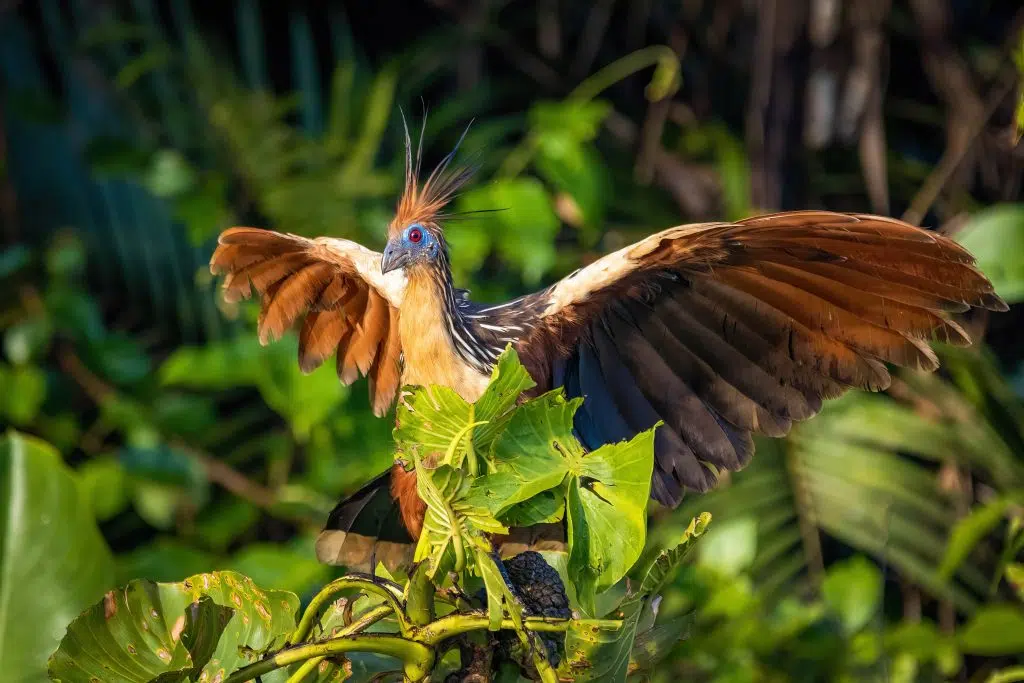Evolution of Birds: Think dinosaurs are extinct? Think again!

Our precious birds carry on the legacy of the Jurassic era. Their evolution was not straightforward; many traits evolved repeatedly, with some lost and regained. The timeline is strongly debated, but each adaptation brought us one step closer to the modern birds of today.
By Sennen Powell
The closest living relative of birds are crocodiles, and ~235 million years ago in the middle of the Triassic Period, their common ancestors were the Archosaurs, from which emerged the most famous group of reptiles ever to exist – the dinosaurs.
It was from then onwards that birds began to evolve.
Surprisingly, this fact was not accepted for a very long time, even though evidence, like an Archaeopteryxfossil (which had feathers), was discovered in 1860. Only after 1960 did people start to understand that dinosaurs were more like birds than reptiles. A huge debate revolves around the fact that studying evolution relies heavily on fossils, and it is incredibly rare to find a complete dinosaur fossil, let alone one with feathers.

What we do know is that bird evolution was complicated. Many characteristics of birds seem to have evolved multiple times in dinosaurs, across numerous families. One of the main traits of birds today, the ability to fly, was most likely an unexpected result of another evolutionary adaptation.
Theories surrounding how dinosaurs evolved into birds remain speculative, but it is a fascinating phenomenon.
Birds have been going for millions of years, but destruction of nature has led to a planetary tipping point. Let’s ensure the story of birds continues long into the future!
